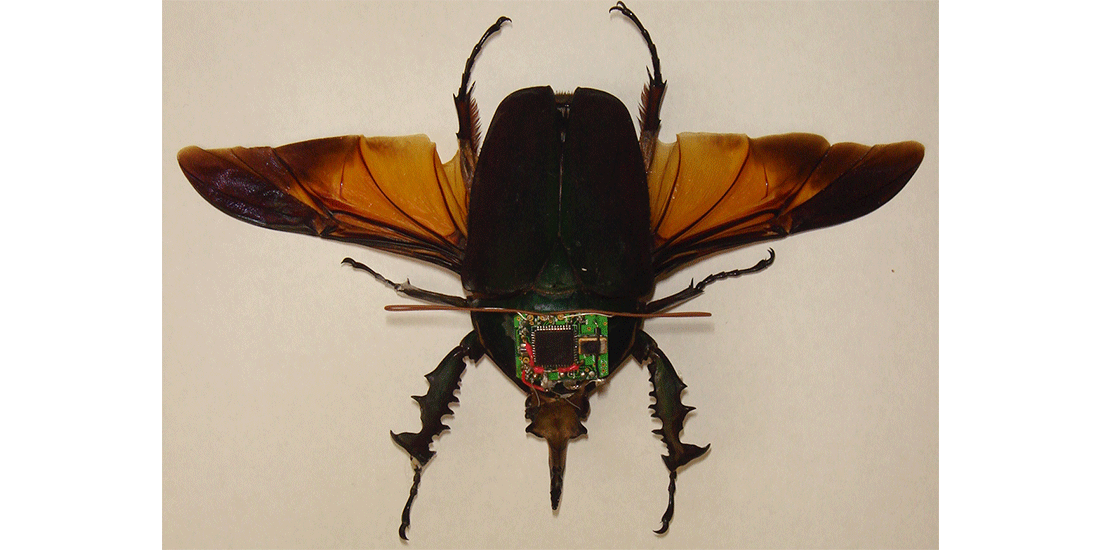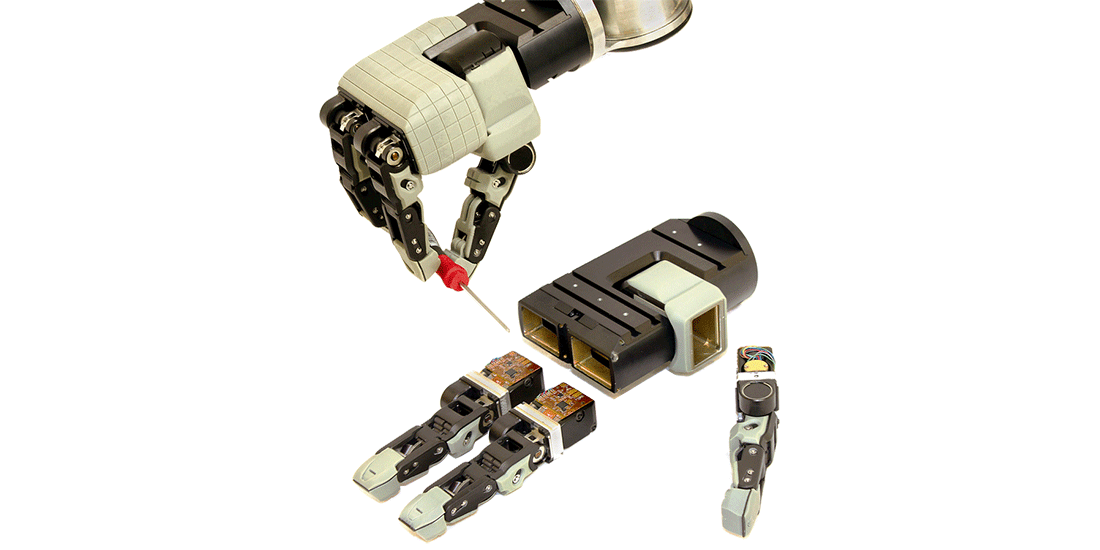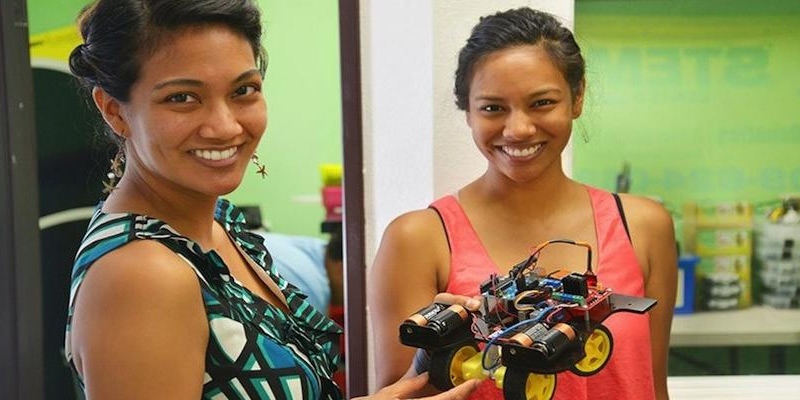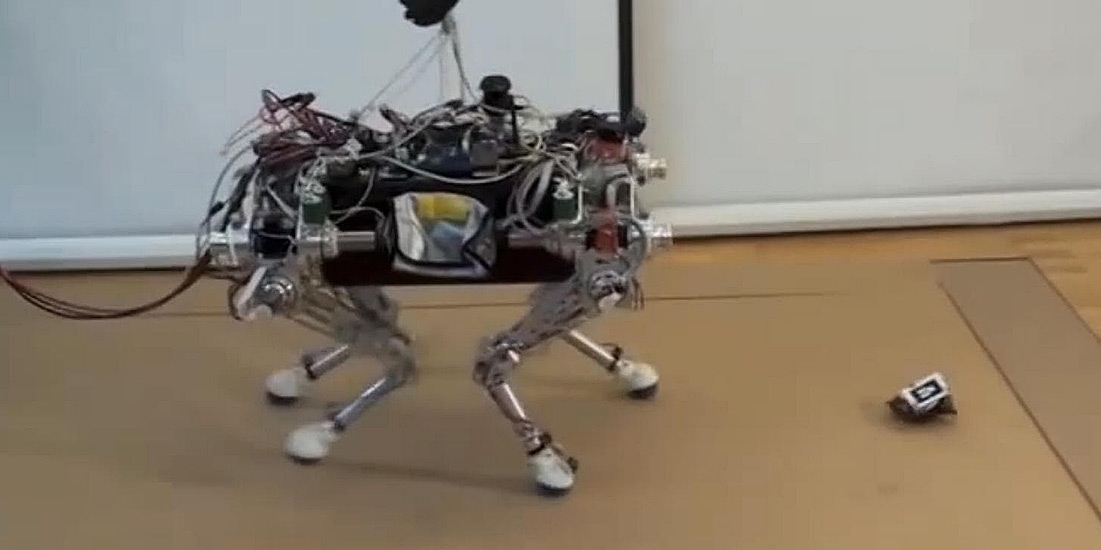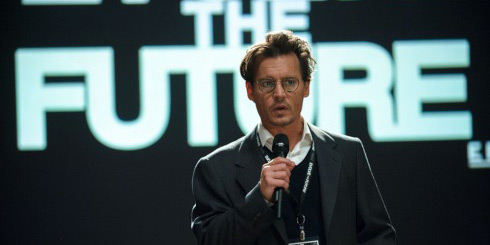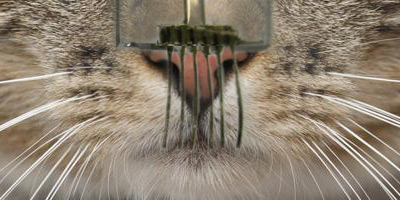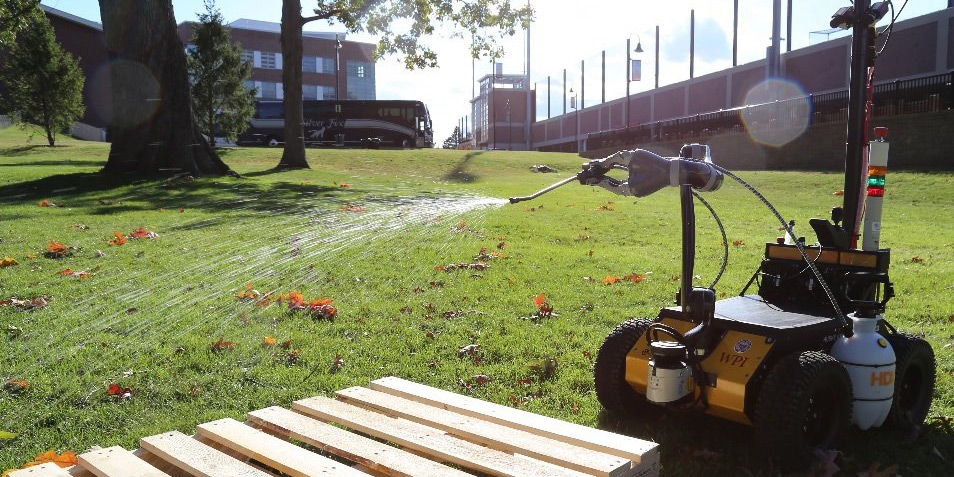
Scientists consider repurposing robots for Ebola
10/23/14 New York Times — Robotics scientists, pondering the intriguing possibility of repurposing existing search-and-rescue robots to help contain the Ebola epidemic, are planning a nationwide series of brainstorming meetings, including one Nov. 7 at UC Berkeley.

